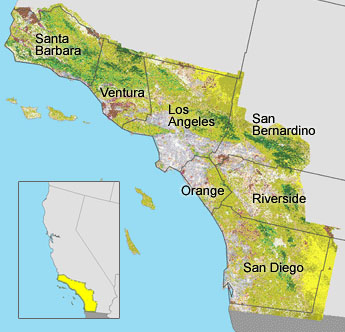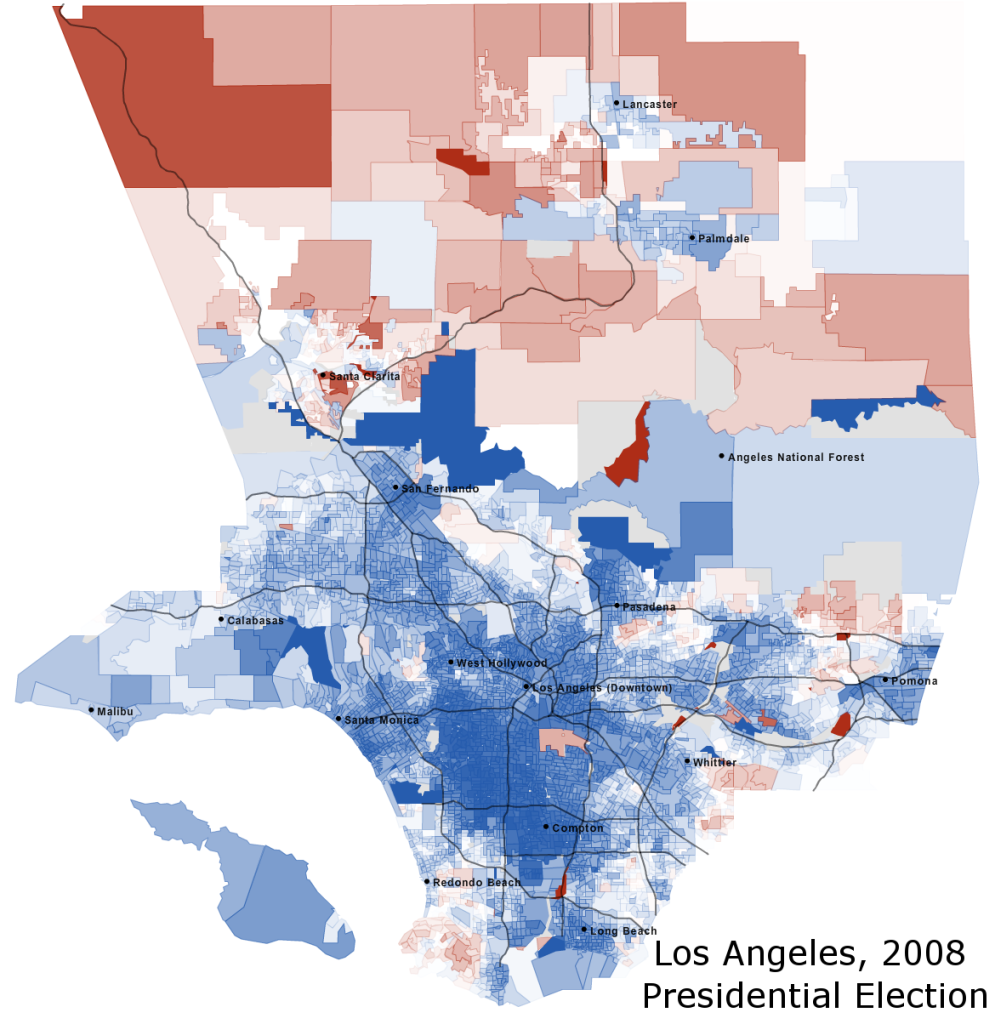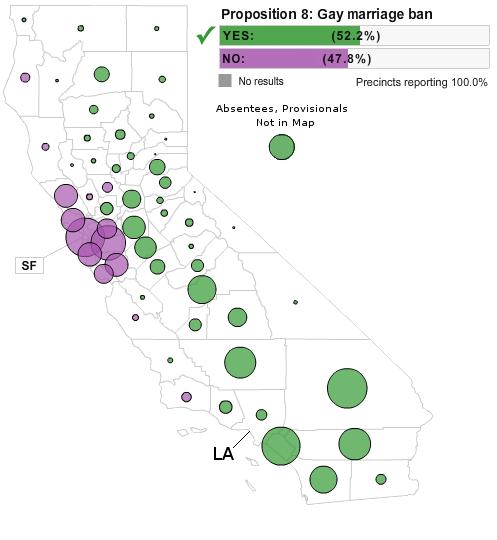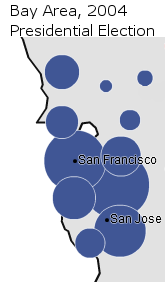This is the first part of a series of posts analyzing California’s propositions.
-
Vote Yes on Proposition 30 – Jerry Brown’s Budget Plan
-
Vote No on Proposition 31 – Changes to State Budgeting
-
Vote No on Proposition 32 – Union-busting
-
VOTE NO ON PROPOSITION 33 – CAR INSURANCE
California’s Budget Problems
Proposition 30 is the most important proposition on the ballot this year.
More below.
California, as is well known, has a big budget problem. This problem started with the onset of the economic recession and was worsened by a number of factors, ranging from extreme constraints on the legislature’s power to Arnold Schwarzenegger’s incompetence.
Things have gotten better lately. Schwarzenegger has been replaced with a governor who knows what he’s doing. The two-thirds supermajority requirement to pass a budget, which was responsible for much of the deadlock, no longer exists.
There are still big problems, however. California has implemented massive spending cuts to balance the budget. Program after program has been cut to the bone. Worse still, the state seems poised to cut far more if this proposition fails to pass.
Take the University of California system:
Since 2008, budget cuts have forced these universities to raise fees by more than 40%, compared with a national average of 15%. If Proposition 30 fails to pass, fees will be raised by 20% more still.
Why is this happening? It’s because the legislature has its hands tied. There are two ways to balance the budget: increase revenue and cut spending. California requires a two-thirds supermajority to do the former, and Republicans have consistently blocked revenue increases. So California has been left to cut, and cut, and cut.
Now, in general you should focus on cutting spending rather than increasing revenue to balance the budget. But California has taken it way too far. We have basically done nothing but cut and cut for nearly half a decade, without any revenue increases. There’s basically nothing left to cut at this point. But if Proposition 30 doesn’t pass the state will be looking once again for billions more to cut ($5.951 billion more, to be exact).
What Proposition 30 Does
Proposition 30 comes four years too late, but it’s still very necessary today.
Yes, Proposition 30 is a temporary tax increase. It falls mainly on families making over $500,000 - but the sales tax will increase as well. The sales tax increase lasts for four years; the income tax increase for seven.
But the truth is that in a budget crisis, eventually somebody will get hurt. If it’s not families making over $500,000 it’ll be students and teachers and policemen and firefighters. For almost half a decade, budget cuts have again and again shafted these people. If Proposition 30 fails, they’ll be hit once again. If Proposition 30 passes, the pain will shift to families making over $500,000.
I endorse this proposition knowing that I will sacrifice a bit. Many Californians (perhaps the majority) will vote against this proposition because of this fact. But it’s not as if they’re dodging the pain by voting against Proposition 30. They’re just shifting it to their children.
–inoljt







